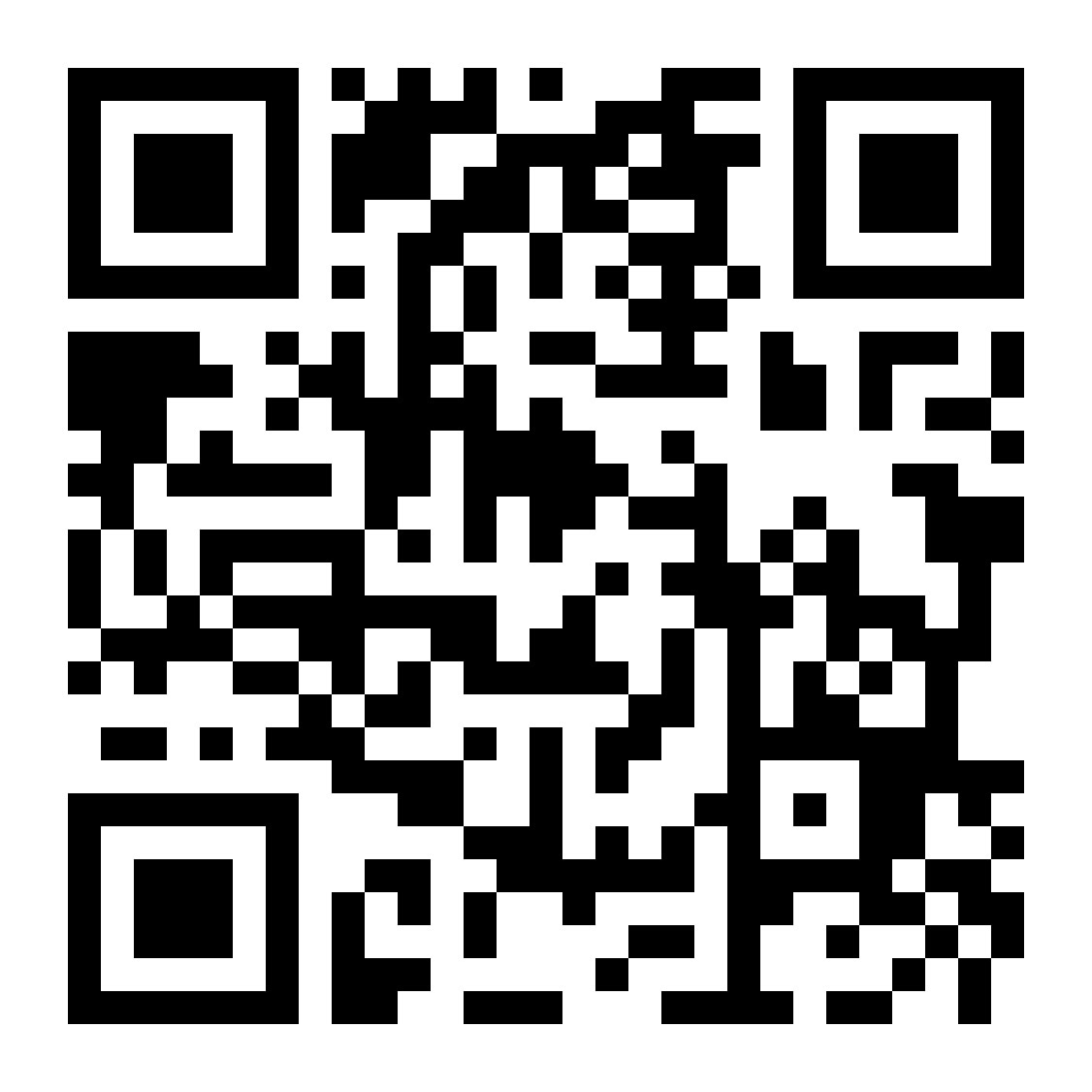How you can protect yourself
SECURITY CENTER
What you can do to protect yourself
Let's work together to help keep your accounts safe from fraud and scams.

Six steps to help boost your account security
These steps can help you keep your Chase accounts and info safer from fraud and scams.
Get extra security at sign-in
Sign up for 2-step verification for extra security when you sign into chase.com. You’ll be asked to confirm your identity with additional verification methods like receiving a one-time code, a push notification to your app, or other available methods.
Set up account alerts
Customize the alerts you want to see. Get notified when there's a purchase or withdrawal from your account that's over a certain amount.
Keep your contact info up to date
We need to be able to reach you quickly if we notice something amiss in your accounts. Review the contact information we have on file for you to make sure it's correct.
Set up ongoing identity monitoring
Get alerted when there are changes to your credit report or if your information is found in a data breach or exposed on the dark web with Chase Credit Journey®. Plus, access your score for free anytime.
Protect your personal information
Reduce the risk of fraudsters stealing information from your paper statements. By going paperless, you can securely access them virtually anytime, anywhere in the Chase Mobile® app or online.
Use the latest browser
Keep your web browsers, applications, and operating system updated to the latest version to help protect you and your devices against vulnerabilities that hackers could exploit.
Keep track of where your account is
stored online and monitor who has
access to it
Track device log-ins to your account
Look out for suspicious activity by tracking which devices accessed your account and when.
Track device log-ins to your account
Look out for suspicious activity by tracking which devices accessed your account and when.
See where your cards are stored
Track where you’ve stored your Chase credit cards and monitor recurring charges.
See where your cards are stored
Track where you’ve stored your Chase credit cards and monitor recurring charges.
Manage access to your account information
Keep track of which accounts you’ve given apps and companies permission to access. You can remove access at any time.
Manage access to your account information
Keep track of which accounts you’ve given apps and companies permission to access. You can remove access at any time.
Be careful using
checks
Scammers are taking checks from the mail and rewriting them for a higher amount with a new payee or using your personal information to create counterfeit checks.
Learn to spot a scam
Knowing the techniques scammers use can help you stay one step ahead of them. Here are some things they do that you should be aware of.

They may pretend to be someone you know
Scammers often pretend to be contacting you from the IRS or Social Security Administration, or from a company you're familiar with, like your bank. They might make up a name that sounds official, or say they're calling on behalf of a loved one.
They may pressure you to act immediately
Scammers want you to act before you have time to think. They may say a family member has an emergency or your computer has a virus. Sometimes they threaten legal action, arrest or to freeze your bank account. They also may ask you not to tell anyone about it.
They may present you with a conditional prize or problem
Scammers may say you've won a prize that's too good to be true, and you have to pay a fee in order to receive it. They might say you're in trouble with the government, or a family member is in trouble and needs money.
They may ask you to pay in a specific manner
Scammers will often insist you pay by sending money through a payment app, wire transfer or by putting money on a gift card and then reading them the number on the back. Some will send you a fake check, ask you to deposit it and then ask you to send them the money.
Help us keep your money
safe from scammers
Download this handy guide to help protect your money from scammers
Guard your personal information
Don't offer information for someone who calls you directly, even if they say they're from Chase. When in doubt, you can always call us at the number on the back of your credit or debit card.
Take a moment before acting
Scammers may pressure you to act immediately, before you have a chance to think. Always take a break and think critically about who they are and what they're asking for.
Use caution when sending money
If someone asks you to pay in a specific way, like gift cards, money transfers or Zelle® it could be a red flag that you're being targeted for a scam. Be sure to verify who the recipient is before sending money through any means.
Not all payment methods offer the same protection
Credit and debit cards come with features that may not be there if you pay by other means. We'll work on your behalf to resolve an issue with a purchase with the merchant, like an item arriving damaged or not arriving at all.
Received a
suspicious email?
When in doubt, don't engage: Rather than responding to an unexpected and seemingly fishy incoming communication, cut off possible scammers right away. Do not open links — instead, hit the "delete" key.
Received an email that you believe may be a scam? Forward it to phishing@chase.com.
You can also report suspicious calls, emails, and text messages to the U.S. Federal Trade Commission.
Frequently asked questions
Before you sign in to chase.com, make sure your web address bar has one or more of the following:
- a. A lock icon
- b. The Chase logo
- c. The exact phrase "https://www.chase.com"
If you see any of the above in the address bar, you'll know you're on the right website and not a fake (or "spoofed") look-alike.
Start by considering the tone of the message, as well as the request it's making. Scammers will act aggressively to get you to send them money, while most emails from us will simply be telling you about products and services we think you'll be interested in. We'll never ask you to send us personal or account information. If you're unsure, contact the financial institution to help assess your situation.
If it's a phone call, hang up. If it's an email or text message, stop responding. If you think you've given the scammer personal or account information, please contact the financial institution to help assess your situation.
Chase fraud alerts can be sent to your device when our fraud monitoring system detects unusual activity on your account. We may contact you using text messages, push notifications, emails and/or phone calls. These alerts can help you review activity on the go, letting you either quickly confirm the transaction as valid or take the next steps to help secure your account.
If you’ve lost or misplaced your debit or credit card, you can use your Chase Mobile® app to lock or unlock your card in just a few steps:
- Log into your Chase Mobile® app
- Select the account associated with the card you want to lock or unlock
- Tap on “Manage account”
- At the top of this page, tap “Lock & unlock card”
- Toggle the switch to change your effected card’s status
Sign up for 2-step verification and get extra security when you sign in to chase.com. You’ll be asked to verify it’s you by entering a one-time code.
- Log into your Chase Mobile® app and tap on “Profile & Settings” in the top right corner
- Tap on “Settings”
- Tap on “Security & Privacy“
- Scroll down to “Ways you can be more secure”
- Tap on “Use 2-Step verification for extra security at sign in”
- You can toggle the switch to use 2-step Verification
The Chase Mobile® app is compatible with the latest security measures like Apple’s Face and Touch IDs or Android’s biometric recognition, letting you use your face or fingerprints to log into your account. This way, you can skip the passwords while securely accessing your accounts.
- Log into your Chase Mobile® app and select “Profile & Settings”
- Tap on “Settings”
- Tap on “Sign-in preferences”
- Select “Face-ID” for Apple devices or “Fingerprint sign in” for Android devices
- Toggle the switch to turn on your biometric security features
If you think you’ve received a suspicious email that claims to be from Chase, you can forward it to phishing@chase.com.
